Every dog is different, and so is every dog owner. Some breeds are known to have a temperament that makes them more stubborn than others and, therefore, a little bit naughtier. The most badly behaved dog breeds have a reputation that supersedes them. That’s not to say that every dog within the breeds on our list is doomed to be mischievous, but there is a higher chance if they fall in with their breed’s stereotypes.
Owning one of these breeds is a responsibility and a journey. Beneath their rambunctiousness, they also possess a deep loyalty and affection for their families. Their energetic nature can translate into being excellent protectors and playful companions. Each day with them is unpredictable, filled with fun and challenges, yet they are loved nonetheless.
Are you up for the challenge? We have crafted this list of the most badly-behaved dog breeds based on which breeds were mentioned most by 10 experts. Which doggie will you be taking home? Let us know in the comments!
7 Badly-Behaved Dog Breeds That Need a Little Extra TLC
1. Alaskan Malamute
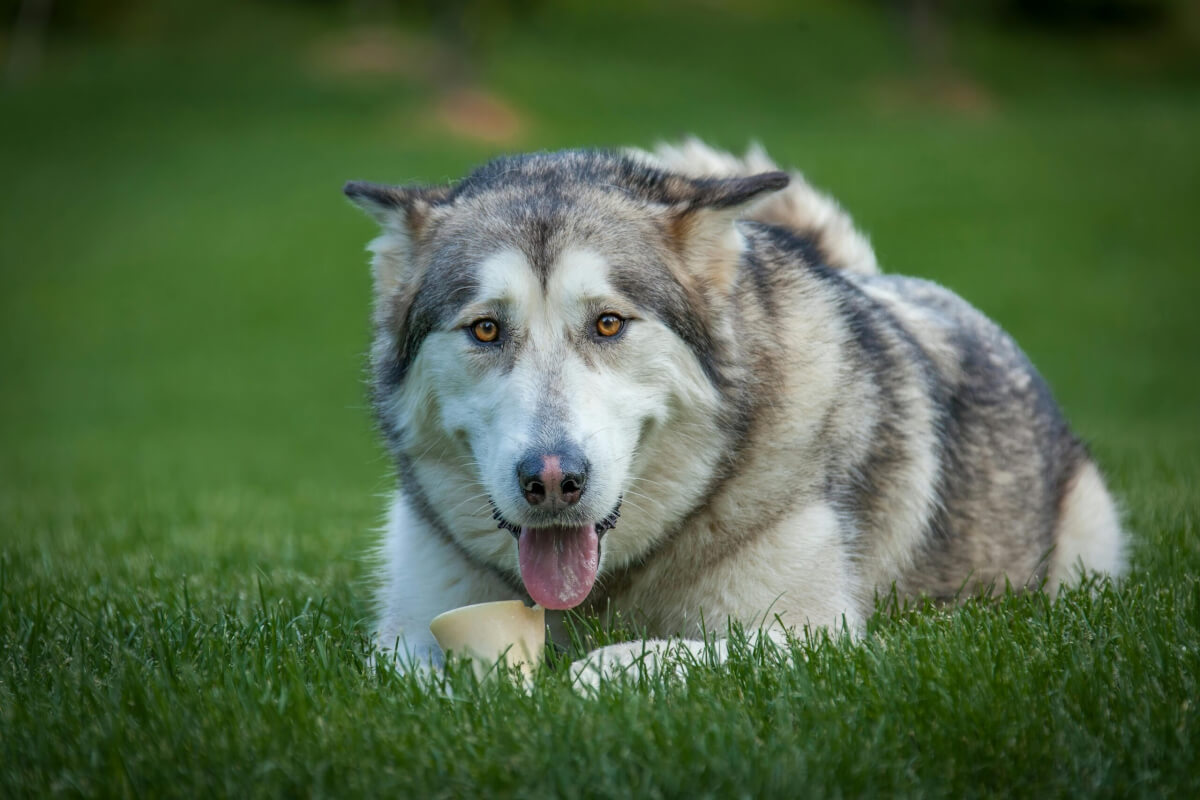
Number one on the list of most badly behaved dog breeds is the Alaskan Malamute. Beginner dog owners may want to go with a different breed as their first pup. While Alaskan Malamutes captivate with their majestic looks and independent spirit, don’t be fooled. These powerful pups pack a wallop of challenges under their fluffy coat. Think escape artist extraordinaire paired with a stubborn streak wider than the Yukon River. They require experienced owners, a firm hand, and a deep commitment to exercise and training. Forget about them being your first furry friend – Malamutes demand strong leadership and can easily overpower a rookie pet parent.
Beware their insatiable urge to explore, because your perfectly fenced yard is just a playground for their Houdini-like talents. With that being said, you definitely will want a fenced in yard with these flight risks on your hand. Daily walks and endless playtime are non-negotiables, or they’ll happily invent their own fun, often involving chewed sofas and cratered gardens. And forget introducing them to the local cat population – their strong prey drive makes them less than cuddly with smaller animals. Even canine companionship can be tricky, especially with same-sex pups.
But here’s the flip side: with unwavering dedication and proper training, these majestic escape artists can be incredible companions. Their independent spirit translates to unwavering loyalty, and their playful nature brings infectious joy. Just be sure to invest in a high-quality leash and a good therapist… you’ll likely need both on your Malamute adventure.
2. Chow Chow
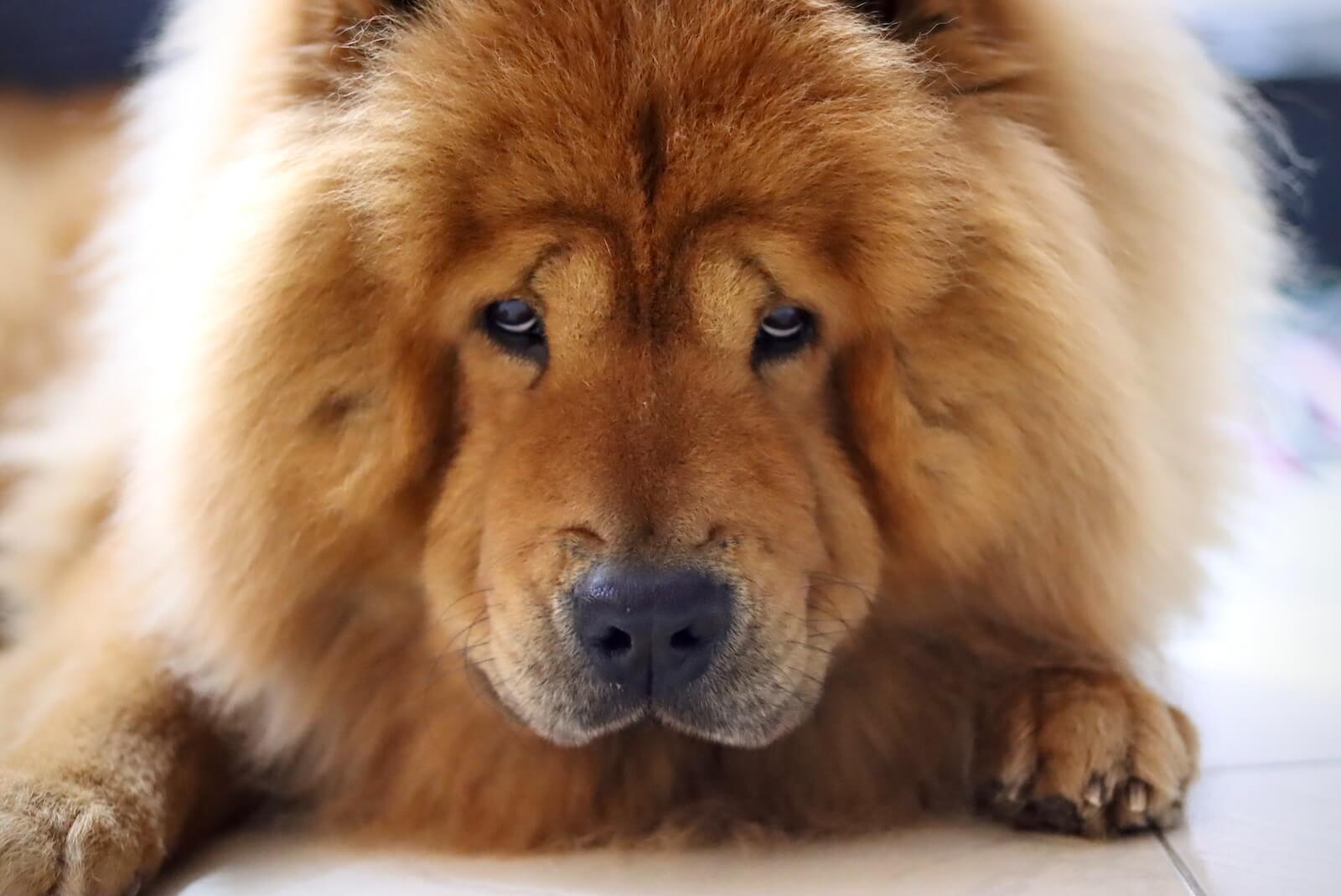
The Chow Chow’s teddy bear looks are enough to melt anyone’s heart. Those big, fluffy cheeks and soulful eyes could turn even the most dedicated cat person into a canine convert. But before you rush out to adopt this “wow”-inducing pup, be prepared for a potentially challenging furry friend.
Independent with an “I-did-it-my-way” attitude, Chow Chows are notorious for their stubborn streak. Training them can feel like wrangling a particularly opinionated toddler, and if you don’t start early and use consistent, positive reinforcement, you might end up with a pup who gleefully disobeys your every command. Just think: adorable defiance with a side of playful sass.
These fluffy guardians take their territorial instincts seriously. Their home is their castle, and they’ll readily sound the alarm (with a loud and impressive bark) at the slightest hint of a stranger. Early socialization is crucial to avoid this protectiveness tipping over into aggression. Think twice before welcoming a timid mail carrier or introducing your Chow Chow to the neighborhood chihuahua.
Chow Chows are not your average couch potatoes. These pups were bred for pulling sleds, hunting, and guarding livestock, so they have boundless energy and a strong “need to do something” spirit. If you don’t provide them with plenty of exercise and mental stimulation, they’ll find their own ways to entertain themselves, which might involve redecorating your living room with chew marks or digging a personal tunnel network in your backyard.
Owning a Chow Chow is a rewarding experience, but it’s definitely not for everyone. If you’re a first-time dog owner looking for a laid-back lapdog, this might not be the breed for you. However, if you’re an experienced owner with a sense of humor, boundless patience, and a commitment to training, a Chow Chow can be a loyal and loving companion. Just remember, this is a breed that marches to the beat of its own drum (or, more accurately, chases its own fluffy tail). Embrace their quirks, provide them with the structure they need, and you’ll be rewarded with a truly unique and unforgettable furry friend.
3. Border Collie
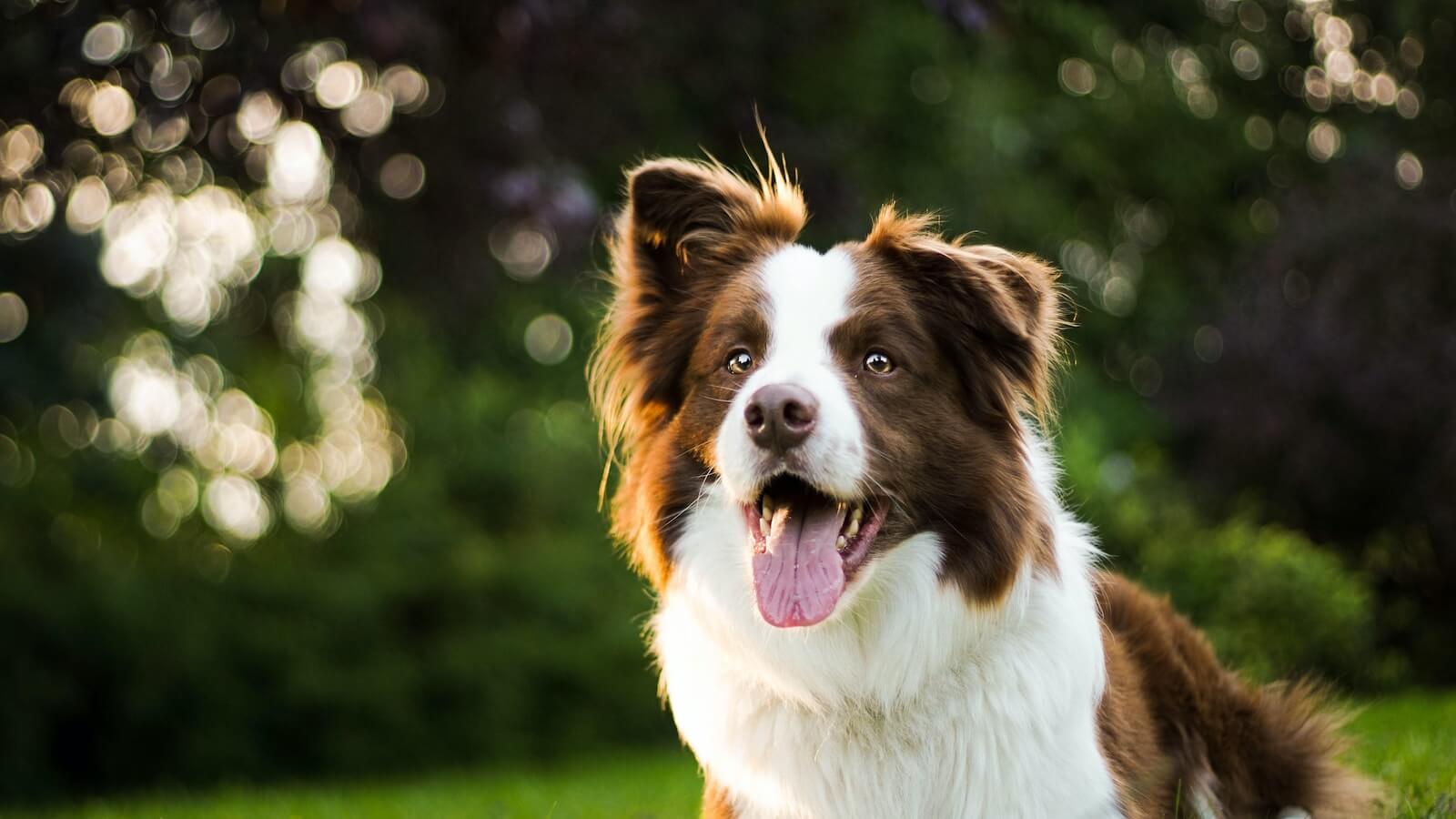
Border Collies are often hailed as the most intelligent dog breed, but with great intellect comes great responsibility. These pups are not for the faint of heart, as they require an almost unmatched level of mental stimulation and physical exercise.
While Border Collies are incredibly loving and adaptable dogs, they’re not the ideal breed for everyone. If you’re a first-time dog owner or lead a sedentary lifestyle, you might struggle to keep up with their demands. Consider breeds with lower energy levels and less intense needs if you’re not sure you can commit to a Border Collie’s lifestyle.
Owning a Border Collie can be a rewarding experience, but it’s important to be realistic about their needs. If you can provide them with the mental and physical stimulation they crave, you’ll be rewarded with a loyal, intelligent, and endlessly entertaining companion. Just remember, these pups are like Olympic athletes of the dog world – they need a training regimen and workout schedule to match!
Additional Tips:
- Start training early and use positive reinforcement methods.
- Provide plenty of opportunities for mental stimulation, such as agility courses, obedience training, and interactive toys.
- Make sure your Border Collie gets at least two hours of exercise per day.
- Socialize your Border Collie from a young age to help them avoid herding behaviors towards other people and animals.
With the right commitment and dedication, you and your Border Collie can have a happy and fulfilling life together. Just be prepared for a whirlwind of fur, fun, and endless energy!
4. Akita
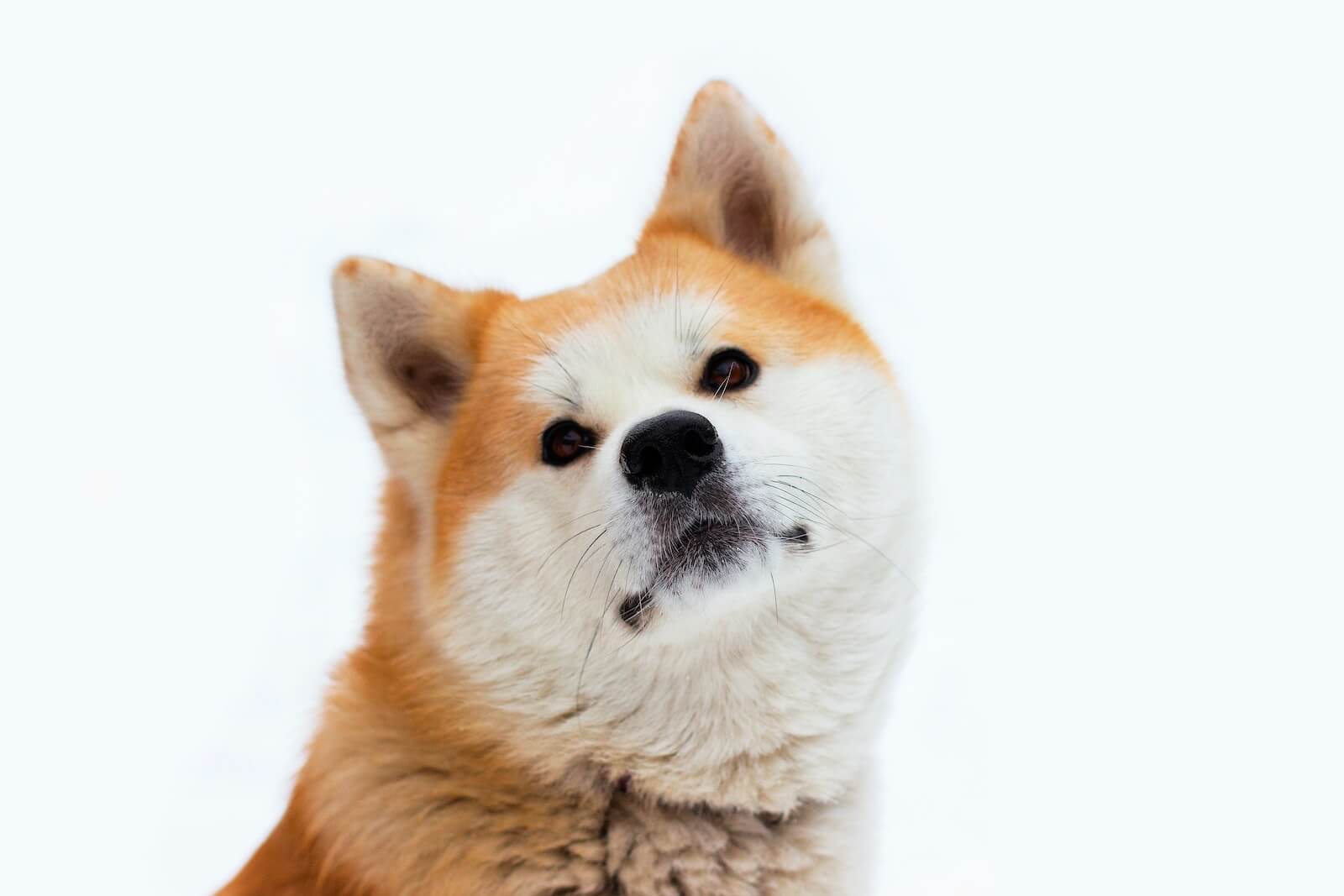
The Akita’s stunning looks may melt your heart with their fluffy coat and charmingly curled tail. But beneath this regal exterior lies a hidden truth: owning an Akita is no walk in the park.
Imagine a powerful pup, with 80-130 pounds of muscle easily overshadowing even the most experienced dog owner. These silent hunters, bred for bear hunting, come equipped with a strong prey drive and might not readily accept tiny housemates. Akitas are a study in contradictions: loyal and loving one moment, moody and independent the next. Their stubborn streak requires patient and consistent training to navigate the dramatic mood swings that can lead to aggression.
Their territorial instincts are no joke, making them wary of other dogs and demanding extensive socialization to curb their protective tendencies. Don’t let their cuddly teddy bear looks fool you – these high-energy pups need at least 1-2 hours of daily exercise to prevent destructive behaviors.
Owning an Akita is a marathon, not a sprint. It’s a commitment to an experienced owner who can handle their strength, independence, and potential for aggression. Only with dedication and skill can you unlock the true joys of this magnificent breed. So, before you succumb to the Akita’s alluring charm, remember: beauty often comes with bite.
5. Rottweiler
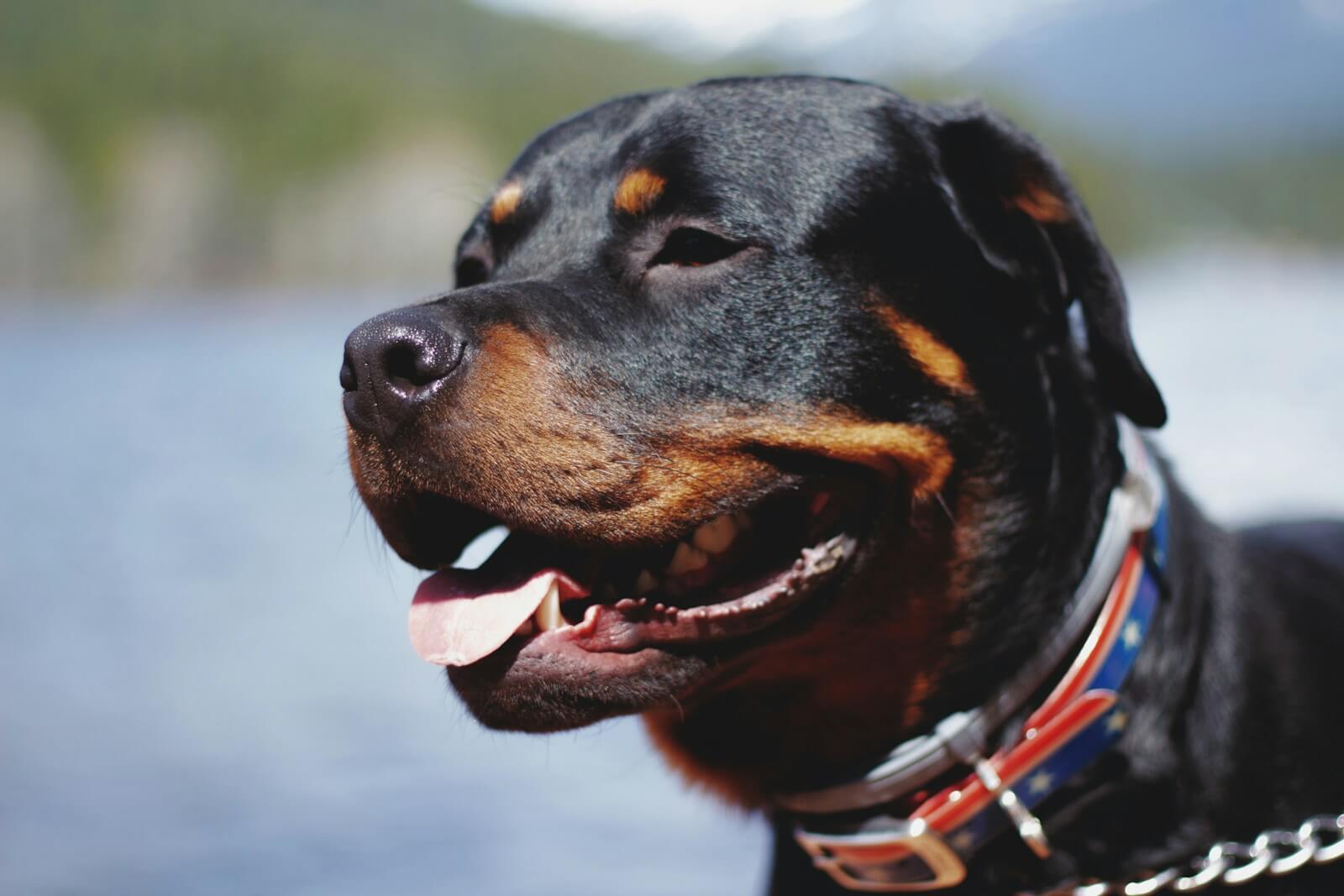
The Rottweiler’s intelligence and devotion are undeniable, but their impressive size and independent spirit make them a demanding companion for experienced owners only. Think powerful pup with a big heart, bred to herd cattle and guard homes.
Their impressive physique requires a confident leader with firm handling skills. First-time owners beware – these pups are not pushovers.
Consistent, positive training from puppyhood is crucial to manage their independent streak and prevent aggression. Their fierce loyalty can manifest as protectiveness, leading to potential issues with strangers or other dogs if not properly socialized.
Don’t be fooled by their intimidating exterior. With the right care and guidance, Rottweilers are incredibly affectionate. But their love comes with a hefty price tag: early socialization, consistent training, and ample exercise are non-negotiables.
Think you can handle the challenge? Owning a Rottweiler is a commitment to providing structure, training, and exercise to channel their energy and manage their protective instincts. Only then can you unlock their loyal and loving nature. Remember, a Rottweiler is a powerful friend, not a casual companion. Choose wisely and invest in professional training if needed, for a happy and fulfilling life together.
6. Weimaraner
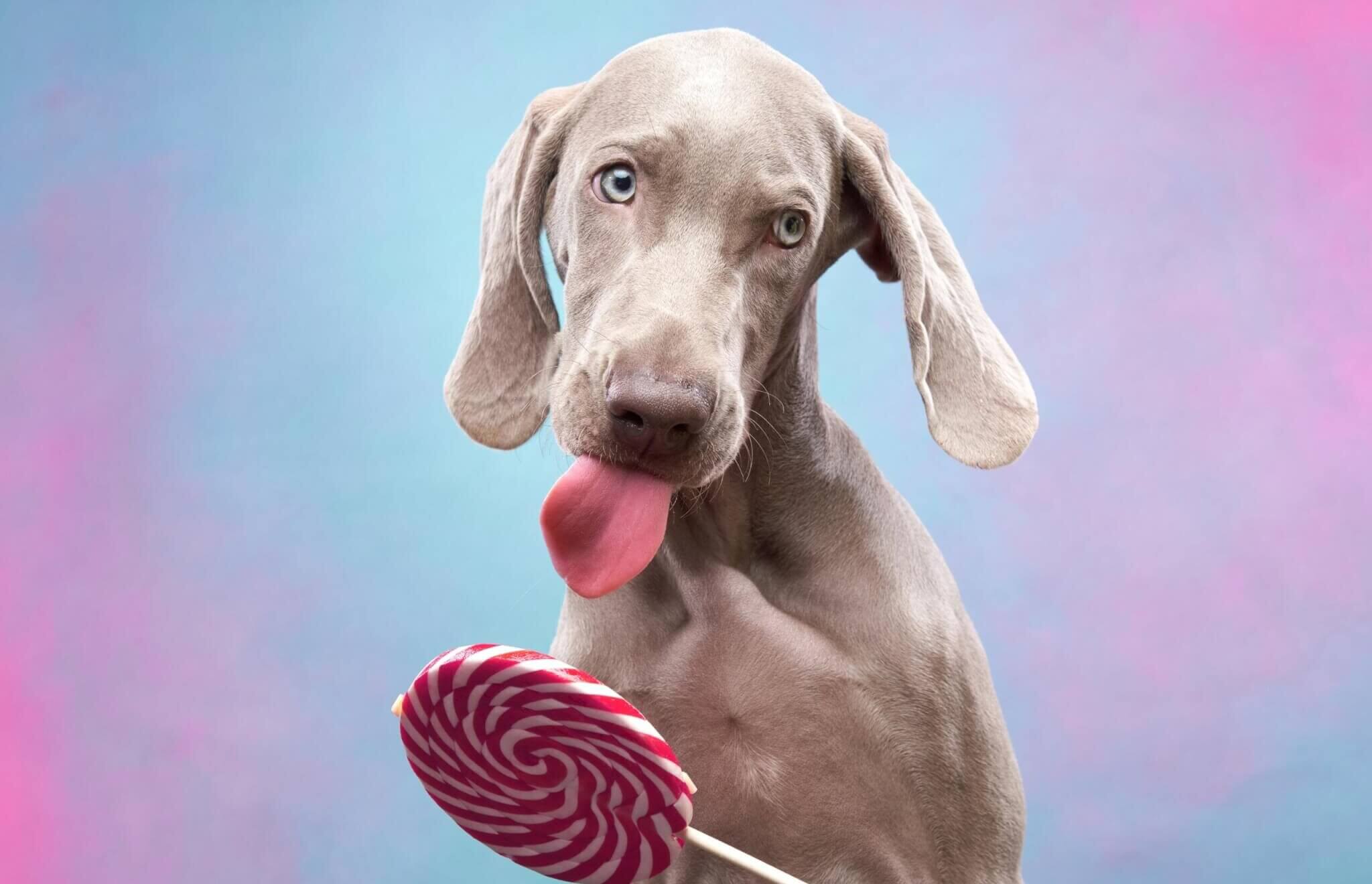
The Weimaraner’s captivating beauty with their sleek silver coat and piercing blue eyes might tempt anyone, but beware of the demanding spirit hidden beneath. This high-octane hunting breed is not for the faint of heart.
Weimaraners need a minimum of two hours of daily exercise and mental stimulation. Long walks, runs, and interactive games are your new best friends, or prepare for chewed furniture and shredded curtains. Their sharp minds come with a stubborn streak, making training a dance of patience and positive reinforcement. Only experienced owners can handle their independent spirits.
Separation anxiety is their Achilles heel. Be prepared for howling, barking, and general mayhem if left alone for long. Early socialization and a consistent routine are crucial to keep them calm and content. And forget about carefree romps off-leash. These 35 mph speed demons with their hunter instincts will be gone in a flash if given the chance.
But for the right owner, the rewards are boundless. Loyal, athletic, and intelligent, Weimaraners can be fantastic companions. Just be prepared to invest in training, provide ample exercise, and create a consistent routine. Their mischievous streak and potential for destructive behaviors thrive on boredom and neglect.
Owning a Weimaraner is a commitment, not a casual fling. So, if you have the experience, dedication, and active lifestyle to match their fire, you’ll be rewarded with a truly amazing friend. Just remember, unlocking their potential takes work, but the love and companionship you receive in return is worth every drop of sweat (and chewed slipper).
7. Siberian Husky

The Siberian Husky’s captivating beauty – with their fluffy coats and graceful movements – might tempt anyone, but don’t be fooled. These endurance marvels, bred for arctic sledding, are not couch potatoes.
Forget one walk a day – these pups need at least two hours of intense exercise and mental stimulation daily. Otherwise, boredom breeds destruction: shredded curtains, excavated gardens, you name it. Their escape artist tendencies are legendary, requiring secure fences and watchful eyes – let them off-leash at your own peril.
Their strong prey drive makes them less-than-ideal housemates for cats or other fluffy friends. And don’t expect instant obedience: their independent streak means off-leash walks are a no-go, even in seemingly safe areas.
The Husky challenge isn’t just about their looks. It’s about commitment. For experienced owners with active lifestyles who can provide consistent training, endless play, and secure enclosures, these pups are amazing companions. But boredom and lack of structure are disaster recipes.
Embrace their adventurous spirit and boundless energy, invest in training, and create a safe haven. But for those who dedicate themselves, the reward is a loyal, playful, and unforgettable friend.
Understanding Your Dog
Dogs have their own way of thinking. Understanding how your dog perceives the world can improve communication between you and your pup, making it easier to improve any stubborn behavior habits you’d like to change. Keep in mind that different breeds have different needs and temperaments. Understanding your dog’s breed can help you tailor your training and care.
Here are some tips to consider when it comes to trying to make your dog better behaved.
Basic Training
- Obedience Training: Start with basic commands like sit, stay, come, and down. Consistency is key.
- Socialization: Expose your dog to different people, animals, and environments to promote well-adjusted behavior.
- Positive Reinforcement: Reward good behavior with treats, praise, or play. Avoid negative reinforcement which can lead to fear or aggression.
Advanced Training Techniques
- Clicker Training is a popular method that uses a sound (a click) to mark desired behavior, followed by a reward.
- Crate Training teaches dogs to be calm and secure in a crate. It’s useful for house training and when traveling, but some people struggle seeing their pet locked in a cage, even if it’s content.
- Leash Training goes beyond just walking on a leash. Training your dog to walk without pulling is a fantastic habit that will go a long way for you and your dog when out and about.
Behavioral Issues
- Chewing and Destructive Behavior: Provide appropriate chew toys and keep valuables out of reach. Understand the cause (boredom, anxiety).
- Barking: Teach a ‘quiet’ command. Understand why your dog barks – attention, alarm, boredom, or response to other dogs.
- Aggression: Consult a professional trainer or behaviorist. Never punish aggressive behavior, as it can escalate the problem.
Health and Wellness
- Regular Exercise is essential for dogs just like it’s essential for humans. Adequate exercise is crucial for physical and mental health. Tailor activities to your dog’s age and health.
- Balanced Diet: A healthy diet also affects behavior. Consult your vet for dietary advice and make sure the food you’re giving your pup is best for its age, size, and breed.
- Regular Vet Check-ups: Health issues can affect behavior. Regular check-ups can catch problems early.
Consistency and Patience
- Create routines. Dogs thrive on routine. Consistent feeding, walking, and training schedules create a sense of security.
- Patience is key. Behavior change takes time. Be patient and celebrate small victories.
Remember, each dog is unique, and what works for one may not work for another. Consult your vet or a professional trainer if you’re truly struggling to keep your dog’s behavior under control.
You might also be interested in:
- The World’s Smallest Dog Breeds
- Most Destructive Dog Breeds
- Least Obedient Dog Breeds
- Most Trainable Dog Breeds
- Best Guard Dogs
- Best Dogs For Seniors
- Best Electric Dog Fences
Note: This article was not paid for nor sponsored. StudyFinds is not connected to nor partnered with any of the brands mentioned and receives no compensation for its recommendations. This article may contain affiliate links in which we receive a commission if you make a purchase.

I definitely would have put Australian Cattle Dog’s on thos list ad they are often the same as a Border Collie in the sense that they need a lot of mental stimulation and lots and lots of exercise. Especially while young they really can be a handful I know because I now own a Australian Cattle Dog/Chihuahua mix and he is extremely smart but he is extremely stubborn as well and has required every bit of knowledge I have from owning dogs for almost 35 years now, so we will get their but I would have had them on this list.
Border Collies are very intelligent and we’re breed to be that way. They are Sheep dogs and drive and fence them with intelligence. They were the predecessor to Australian sheep dogs. Good workers and intelligent. If you have trouble with them you know the breed and their demand for WORK. They are not Fighting dogs….. But want to make you Happy by working for you all day. They are so darn expensive now that few can afford them any longer.
Malinois and Dutch Shepherd are not there. lol
I have my Dutchie running around playing ball with tennis balls and playing his form of soccer at least 4-5 hours regardless of weather. They get very destructive if they don’t get the exercise and mental stimulation they need.
Rage will wake me up in the middle of the night if I didn’t let him burn off enough energy!